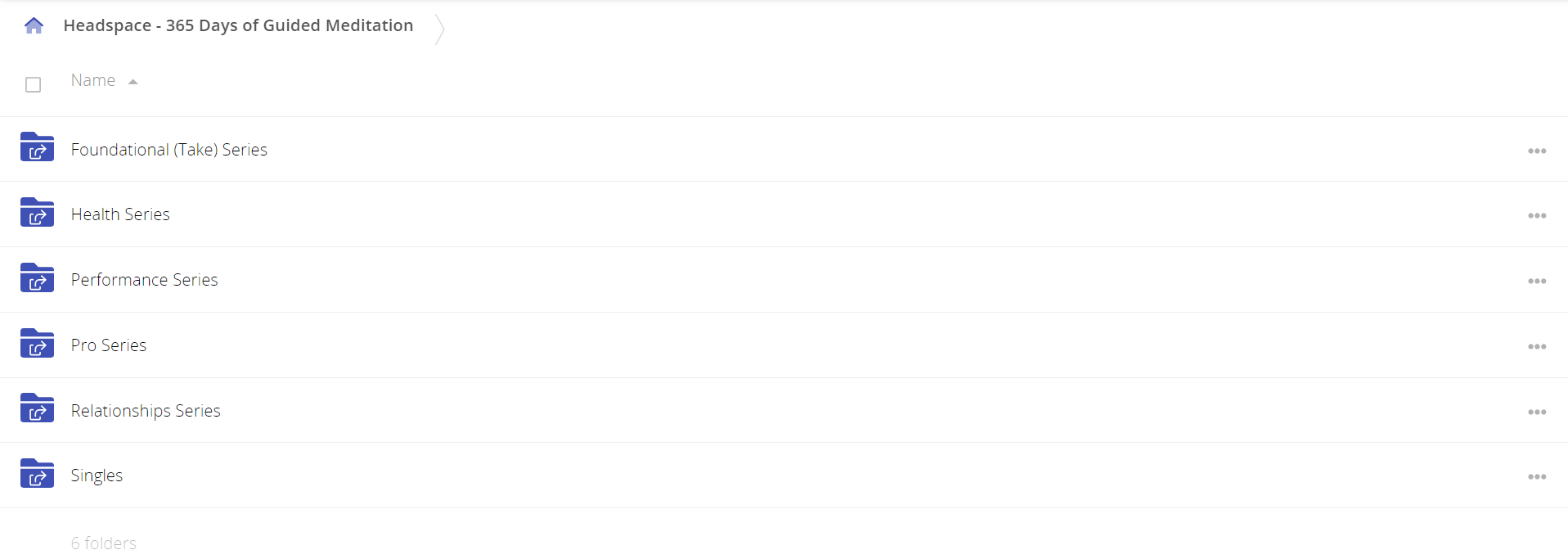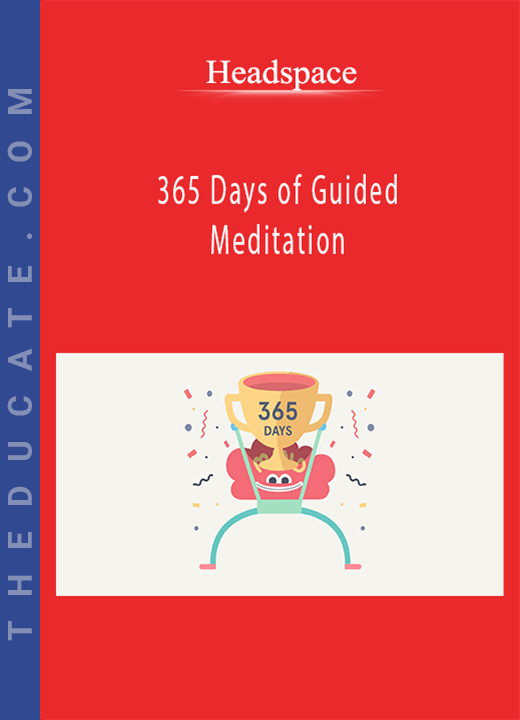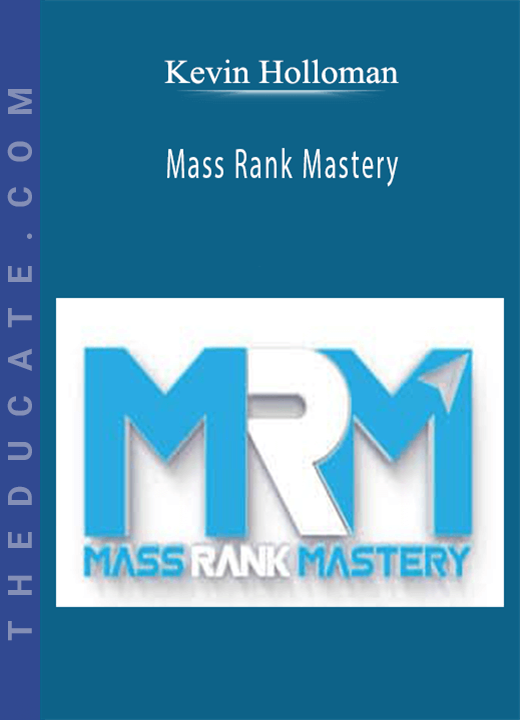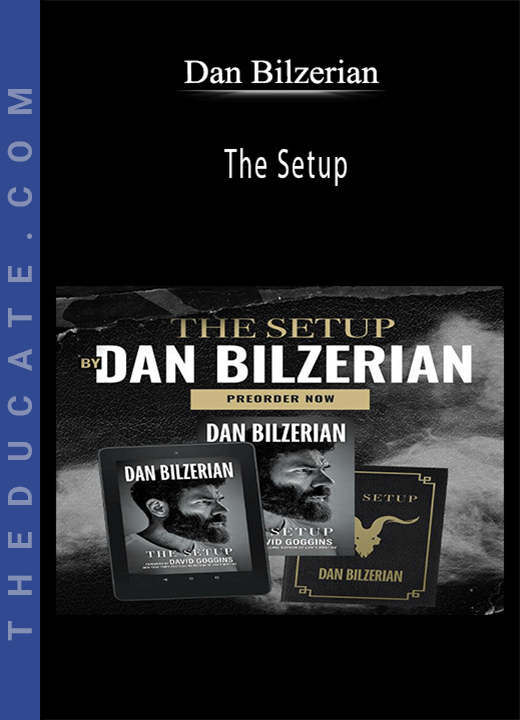Description

Headspace – 365 Days of Guided Meditation

This time last year was a difficult time for me. I was fresh in at a new job where I immediately felt challenged, underprepared and incompetent. I needed to find some sort of grounding to stop my mind from spinning off into places it needn’t be.
I’m not ashamed to say that it was in an act of desperation that I downloaded a meditation app called Headspace so that I could give their free trial a go. Here we are a year later and I’ve somehow managed to stick with it every day since then.
I don’t want this to come across as a bragging “haven’t I done well?!” piece, and I realise that it’s probably counterintuitive to reflect on a process that encourages the mind away from thought and into a state of present being ……but I couldn’t help a little pondering, and after all, it’s a continual journey. You’ve never cracked it and I’m sure it’s a practice to hone over a lifetime, so a year is nothing to shout about. Anyway….
How’s it been?
Not easy. And no immediate miracle cure — but it doesn’t claim to be.
The overall premise, the overarching buddhist theme, is to gently focus on breathing — each in and out breath — being in touch with the body and physical sensations. In this state the attention is on the physical ‘now’ — an ever present just-so-ness that is always there but often clouded by thoughts and feelings. What inevitably happens, and happens a lot in my experience, is that my mind goes on a merry little wander around all manner of these misleading thoughts and feelings. A little jaunt via to-dos, work commitments, shopping lists, a train delay, the socks I’ve chosen to wear, the phone call I meant to make, that conversation I had yesterday, that conversation I had a month ago, that conversation I had a year ago, that conversation I never had etc etc. So I have to catch my mind, tap it gently on the shoulder, note that it’s thinking and return to focusing on my breathing. Until it sneaks off again, and I smile and tap it again and breath once more. Except it isn’t always easy to smile gently:
‘Why am I getting this wrong?’, ‘Why can’t I stop thinking for one second?’, ‘Am I getting this right now?’
And those are the cheeky thoughts that you also have to catch, because they’ll slip by unnoticed. Tsk tsk.
So it takes some perseverance and is frustrating. And then there’s a moment when you feel more in tune with your body and the thinking doesn’t happen so much, which is invigorating and calming all at once. Then the next time the thoughts creep back in. Oh well, each time with a clean slate. But that’s part of the lesson, if you want to think of it as education (and maybe I do), that you can pick yourself up and dust yourself down and try again, because you can always have another go. This is one of those things that I’m sure is pretty tricky to master (if ever there was an understatement), so I feel comforted that it’s something I can approach afresh each day and just sit with, knowing that I’m a mixed bag. Aiming to remove the judgement is a large factor — but at least nobody else is party to what’s going on — just me and the app.
I’m a sucker for a run streak
I didn’t realise quite how powerful the nudge to meditate each day would be, but I felt compelled to keep it going. Those short quiet moments of calm in the morning before I left for work, or on the commute, have become precious moments that sometimes help set enough of a tone to guide me through the start of the day. I really don’t want to miss out on that, when at times it’s felt like the only control I have.
This particular app is onto something here, because tracking the daily activity (and handing out timely rewards to be shared with others) has given me extra incentive when the last thing I wanted to do was spend some time with myself, and an entire run of 10 minute sessions felt high-jacked by my thoughts and emotions. But each day was a new one and I’d approach it hopefully, or at least neutrally.
I imagine that the run streak was a controversial feature, that might seem at odds with the non-judgemental message the app tries to drive home. Given that this is a technique that plays to human vulnerabilities, addiction and a desire to not fail, it takes some self-kindness to not feel shame or frustration when the streak is broken. This model of gamification crops up often in apps to encourage continued use, and has been flagged as a technique to be mindful of. In ‘The Power of Streaks’ Pete Brown shares his (and his daughter’s) experience of the intense lure of maintaining a streak and the pressure this brings. For some apps more than others this could feel as though it has wider social consequences and even an impact on mental health.
“The higher your streak number gets, the more valuable it becomes, and — logic would follow — the greater your dopamine reward.” (Pete Brown)
The ability to build habits from a regularly repeated action is what’s in question here, and whether it is in fact a habit we want to be encouraging.
The sanctity of the private moment
Get immediately download Headspace – 365 Days of Guided Meditation
I notice it said with increasing frequency that modern life feels fast, hectic, distracting and overwhelming. In a world that relies more heavily on rapidly developing technologies and finds us ever bombarded by notifications and social broadcasts, it seems contradictory to have found moments of calm from an app. But then again I’m happier to advocate an app that encourages positive and enriching experiences and doesn’t profit from us falling prey to a rabbit hole of preoccupation and self-loathing (or at least inadequacy). I don’t think I’m alone in this thinking, with others commenting eloquently on the power held by technology and the need to consider the ethics that underpin the interactions we have each day with devices and their interfaces. As a designer myself, I’d highly recommend Sam Harris’ interview with Design Ethicist Tristan Harris — ‘What is technology doing to us?’, which delves more deeply into these thoughts, questioning and unpicking the ugly hidden motivations that lie behind many digital products.
My Headspace journey has taken me through guided meditations focusing on self-esteem, acceptance, stress, creativity, kindness, change, anger, focus and balance via exercises that consist of ‘noting’ and ‘visualisation’ techniques. Throughout the year I’ve seen the app grow to offer more categories of targeted meditation packs, mini one offs and a fresh new session each day, all voiced by Andy Puddicombe — a meditation and mindfulness expert. I can only imagine that each person experiences these in a personal and unique way. When I’m told to visualise ‘liquid sunlight’ pouring down from above my head, I can sometimes almost smell and taste its haze as I inhale and fill my lungs with what I imagine to be glowing golden particles. Other times it feels an impossible struggle to even cobble together the smallest spark of brightness. But it’s a moment that I want to hold onto and keep trying at.
If it isn’t hard it’s not worth doing
…so they say. And personally I have found the ritual of regular meditation to be a challenge in itself. Which makes it all the more bizarre that it was something I clung to during a challenging time, where I felt swamped by my day-to-day. What has been most enlightening is paying attention to how much thinking I do and realising how often my mind takes it upon itself to have a word with me, beat me up about something or make me question myself. Knowing this has, in a small way, allowed me to filter out some of my internal noise, which has been welcome when life so often feels like sensory overload. So even if meditation isn’t your thing, there’s a lot to be said for striving to find a moment where you can slow down enough to be more conscious of what your mind is up to. (And maybe also be aware of what you’re using your tech for, and whether it’s actually using you…)






12 reviews for Headspace – 365 Days of Guided Meditation
There are no reviews yet.